In recent weeks and months, my work, as well as my leisure, have taken me to a particular artery. By an artery, of course I mean a river. It also happens to be a Trout river: no surprises there.
Of course, at its upper end it is too small to be called an artery, even too small in fact, to be called a stream. Some of my exploration has taken me so high up that all I have encountered is a wet patch in the grass near KwaNovuka.
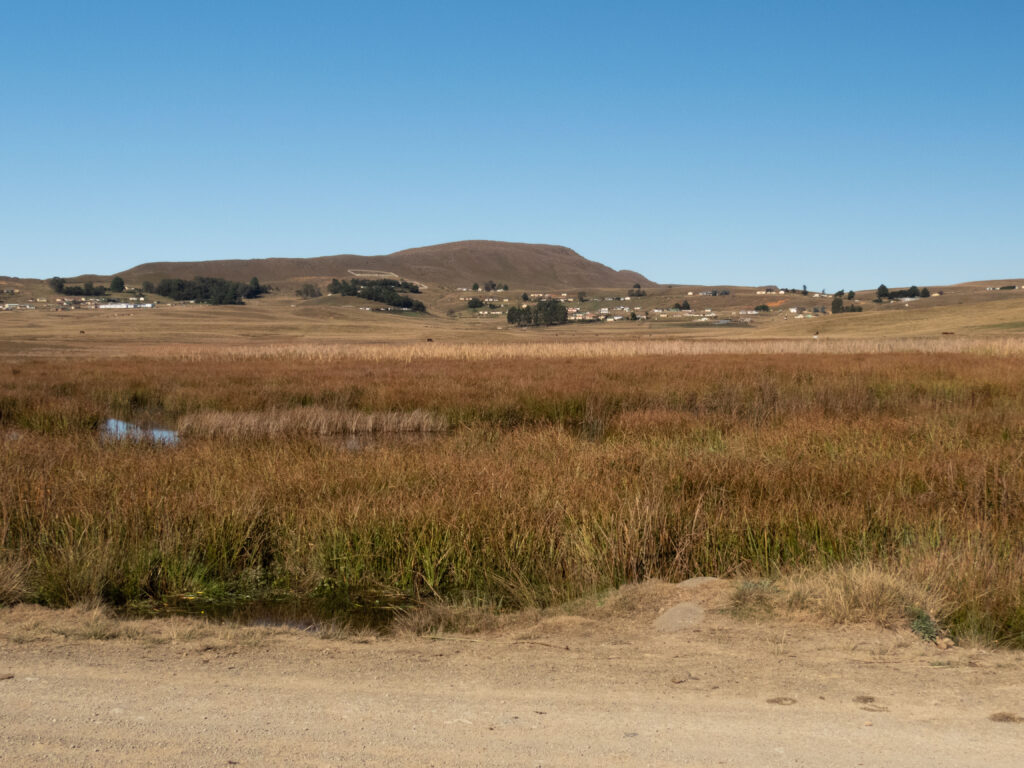
At the other end of this, I was on the phone yesterday to a man whose factory overlooks the uMngeni in Durban. And this is the artery I write of: The one that runs from Impendle vlei (at KwaNovuka), down the Poort stream, to join the uMngeni, and off down the Dargle valley and beyond, ultimately to the sea.
I am struck by the interconnectedness of this passage of water, not only in the geographical and ecological sense, but in the social sense too.
I start with Mr Z.S. Zuma, which is the formal manner in which this gentleman introduced himself last week. Zuma is dramatic, and theatrical in the delivery of his compelling rhetoric. His stutter emerges as he is about to raise his voice; about to spread his arms wider; and about to deliver his coup de grace. The words build up inside him, and a quiver appears on his lips, and you know that something portentous is about to be delivered. A clincher is on the way. Then the dam bursts, he is through his speech impediment, and his message tumbles out voluminously and with the weight of deep conviction. He ends it with a half sentence, spoken with one eyebrow lifted, and no sign of a smirk on his face, but the whole room about him erupts in appreciative laughter. And then he sits down. All of this has been in isiZulu. I turn to Hlengiwe who sits beside me and whisper “What did he say?”. She smiles, and lifts both hands to aid in her explanation, and then she gives up with a chuckle and a shaking of her head. Later, another colleague translates with cruel brevity and explains “He was trying to change the constitution”, and that is all I get. What I do know is that Zuma was discussing the ecology of the Impendle Vlei, the cultural practices of his generation and the one that went before it, and the interplay between agricultural practices and the well-being of his people.
Earlier in the week, I sat in Kath’s kitchen over a welcome cup of tea. I had just come down off the mountain, where I had been exploring the removal of a water sapping plantation.
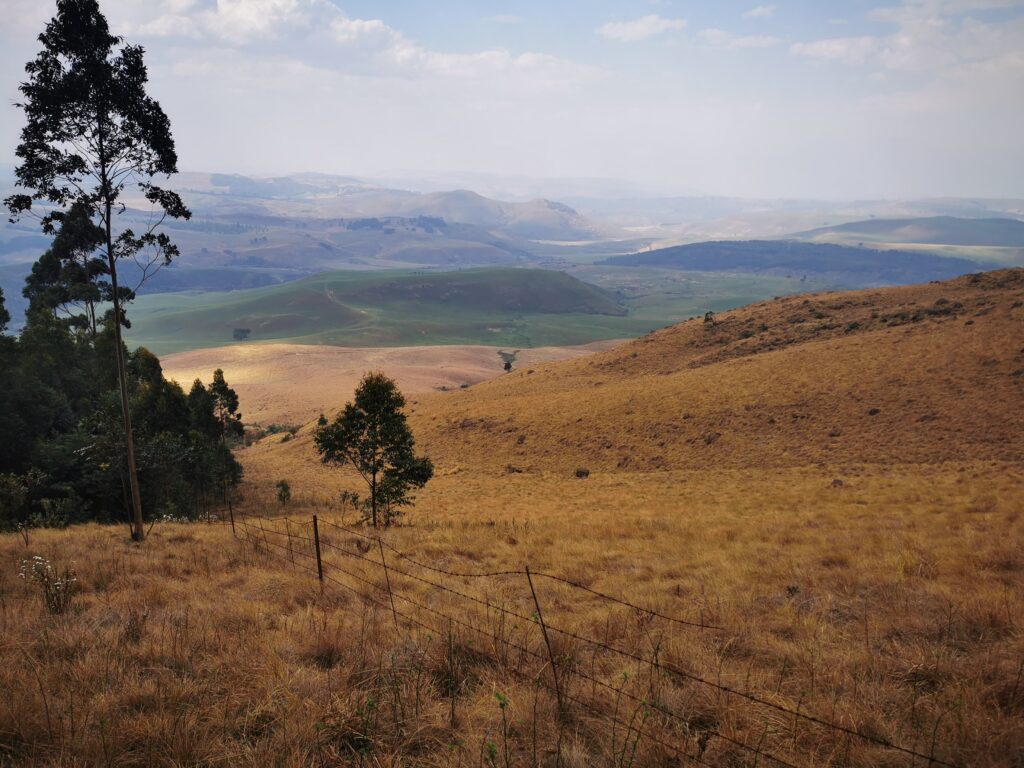
I was unfit, and had neglected to take something to eat, so when I returned to my bakkie, I unceremoniously devoured a whole tin of bully beef, scraped from the tin with my pen knife. Now I was letting that succour absorb, and adding sweet tea to displace the shaky, light headed feeling that had had me wondering if anyone would ever find my corpse on that remote hillside if I had taken a turn for the worse. Kath’s hospitality, and the warmth of her interest in the river and the landscape around her were palpable. In an exchange that bore many similarities to that with Mr Zuma and his clan, I filled her in on the connectivity of her stream with the highlands at Kwa Novuka. She in turn filled me in on some of the history of the people in the valley, and together we wove a more complete picture than either of us had before we met. Then Stu entered, barefoot as usual, and the conversation turned to trout, as it does. He had found some precious fish just below the confluence at the end of last season.

We discussed their size. Stu expressed his appreciation for their rarity and significance that far up the stream, and I departed with a pleasing sense that things were as intact as one could hope them to be. A glimmer of positive light, shining through in the aftermath of the WWF report which stated that us humans have collapsed 84% of all fresh water species populations worldwide since 1970.
The artery that is the Poort stream, and the uMngeni river to which it adds itself, is in the sliver of habitat that still harbours the 16% that we have not yet destroyed. As this mixture of water progresses down towards the sea, it somewhere slides into the realm of the 84%. It doubtless doesn’t cross a line on a map from one reality to the next. Things are never that simple. It oozes through untold influences from one beautiful reality into the insidious, devastation of the next. My choice, cowardly as it might be, is to stick to the 16% portion, and fight to prevent it becoming a 15%. I shut out the world of leaking sewers and piles of plastic, and instead clear log jams that I hope will see an upward migrating fish get to share its genes with one of the ones Stu spotted. If Mr Zuma’s cattle get some winter feed, they may not trample any silt into the wetland at KwaNovuka. If we can arrange a mosaic of veld burning, then perhaps next year, unlike this year, we won’t see all the river banks burned at the same time over nearly 15 kms of the river’s passage. Then some of the biota that falls into the river in spring, will feed micro organisms, whose predators will fly upstream and lay their eggs above and below the cleared logjam.
I for one, don’t understand what ecological connectivity lies in that thin blue line of the Poort and its issue. What organism migrates up, and which one is swept down to feed it before it starts it’s migration. What I am starting to appreciate is the social connectedness from those like the Factory-man from down by the sea, up to Mr Zuma who overlooks the source. Between those two are Stu and Kath, and The Appleman and AJ and I. I buy trees from AJ, and maybe the Factory-man will go fishing with Stu, or buy a tree for Roy’s Pool. Perhaps I will introduce Kath to Mr Zuma, and there will be a value exchange there.
This week AJ and I clambered about in a small forest patch overlooking the river.

There under the hanging misty remnants of the cold front that blew in while I sat in Kath’s kitchen, AJ found a latifolius. (A Real Yellowwood to us English speaking mortals). He thought it might have been a henkelii, but in glancing around he saw no parent tree. So this one was seeded by a bird. Perhaps a bird that flew down from the small bush on Umgeni Poort, where Flemming, who was hit by a falling yellowwood in the mid 1800’s, lies buried. So perhaps, five to ten years after we plant the forest pioneer shrubs down at Roy’s pool this month, another bird will drop a latifolious seed there. And then a hundred years later, a giant yellowwood will shade a Trout in Roy’s pool, replacing the 15 incher that The Appleman killed last year.
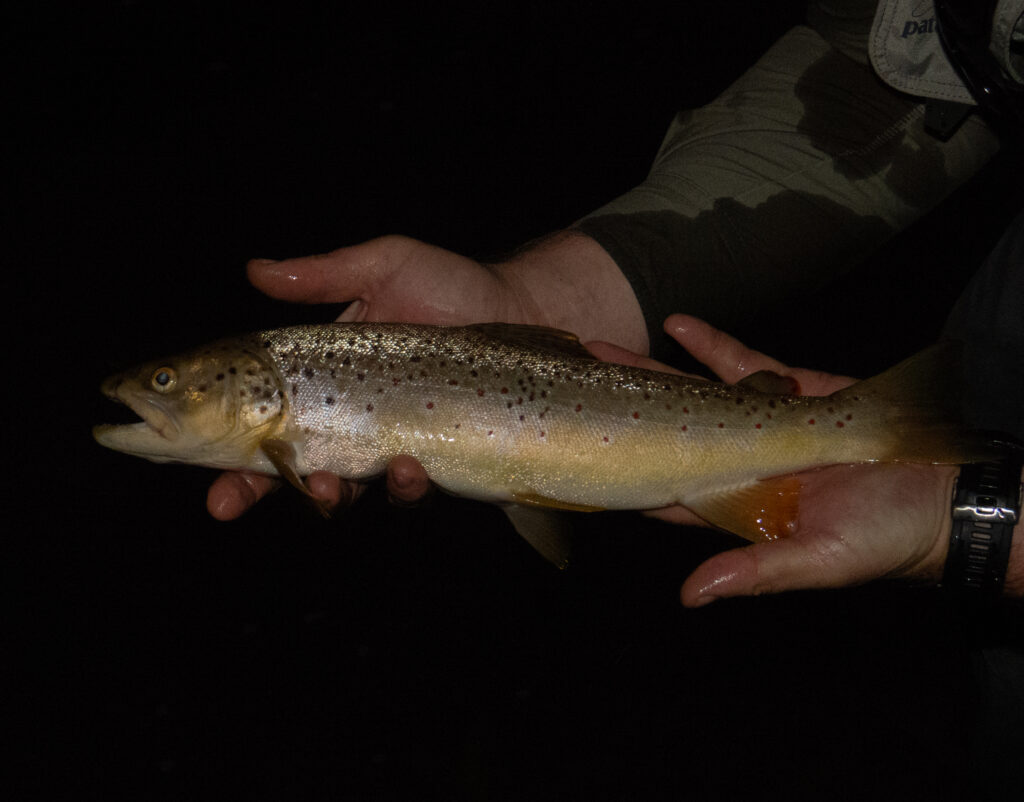
(If the required bird species is still okay.) In fairness The Appleman tried not to kill the 15 incher; he didn’t punch it on the nose, as he has been known to do. And he doesn’t kill birds. (Neither do I: not knowingly anyway.) The Appleman also cut down his fair share of wattle trees, that will help ensure that the river is flowing strongly past that giant tree a hundred years from now.
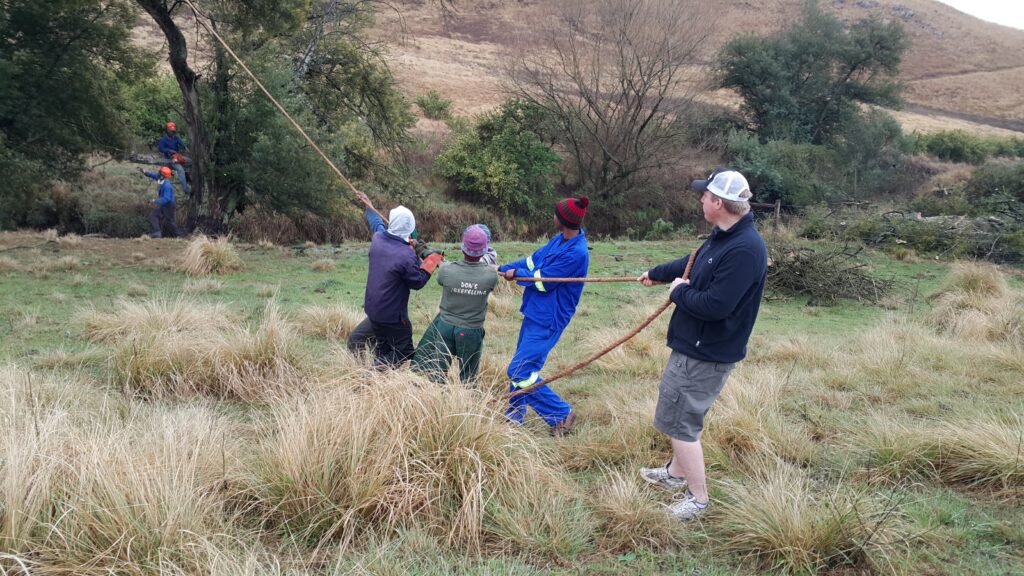
The Appleman and I were on the phone last night, discussing the scarcity of fish in a stream that flows in the next valley…the one that flows behind Mr Zuma’s house, and I postulated that the degradation of that river both upstream and downstream of where we sample it, can’t have helped the situation. Fish and organisms are hemmed in: unable to seek ideal refuge upstream or downstream. That stream is just a little more in the 84% realm than in the 16%. So perhaps a Trout fisherman, hoping to preserve his beloved stream, needs to be looking down there below, in the warmth of the thornveld; and up there on the plateau, where wet grass grows.
A week earlier I threw a fly for a few hours further down the stream, at “three quarter mile pool”. The day had started off misty and drab; weather that had me sniffing the breeze and sagely declaring that it was Brown Trout time!
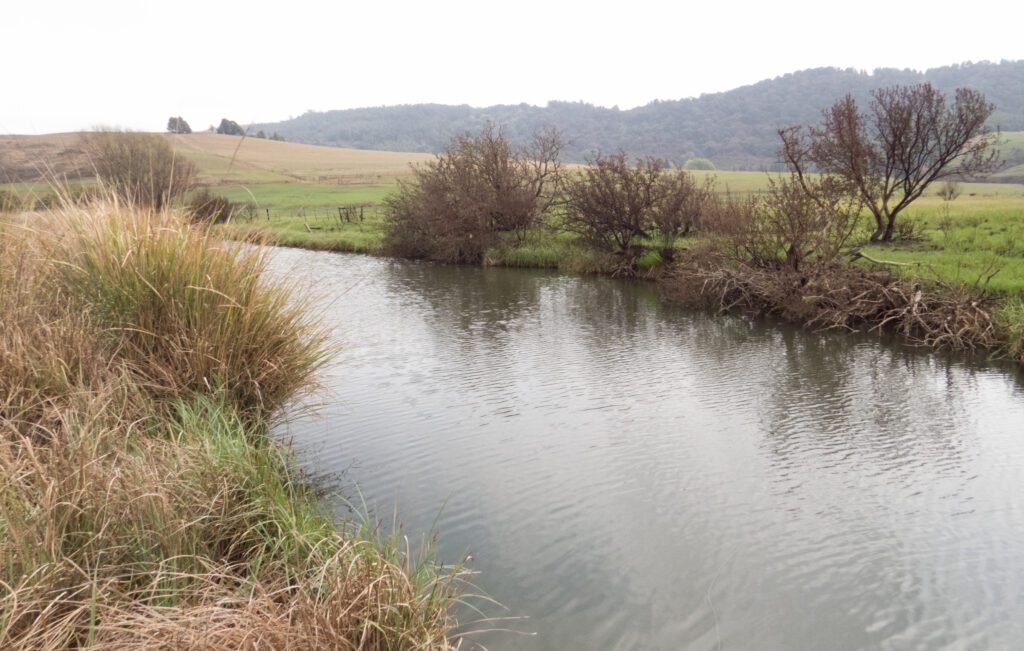
In fact, it was not. By the time I arrived at the river, it was blustery, and the light was brassy, filtering through a haze of warmth, garnished with the scent of spring blossoms and winter smoke in equal parts. The water was clear enough that I was grateful for the gusts of wind that served to obscure my profile from my quarry. But my deep sunk nymph repeatedly returned to me without news from the deep. My knowledge of the state of the river reassured me, that it was nothing sinister. Mr Zuma’s water was good. Kath’s water was fine. I hope their mingled product would pass that factory in Durban with just a little of that goodness intact. The goodness that harboured Stu’s special trout in the delicate headwaters in the hills above me.
To help you join some dots in the story above, I include links here:
Read about the passage of the Poort Stream HERE
Read about Roy’s Pool, and the initiative to re-forest its northern bank HERE
Read about the WWF report HERE
Read about “Three Quarter mile pool” HERE
6 Responses
Can I join you? Carry your bag or make you tea? Sounds incredible what you are doing
🙂 Not particularly profitable in the financial sense Phillip, but it will all be worthwhile when I get some groundswell going for my environmental projects. Until then….ja…I do get out a fair bit. Join me anytime!
What a delightful account !
Thanks Gavin
I really enjoyed that, thanks
Thanks Adrian…good to know its enjoyed.